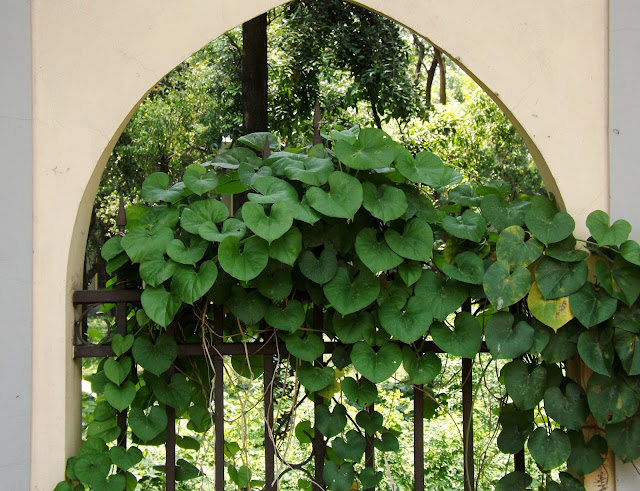Boro cahdor or Boro chondrika, Rauvolfia tetraphylla
Boro cahdor or Boro chondrika (Rauvolfia tetraphylla, family: Apocynaceae) is a shrub, attaining a height of 1-2m, with branches. The leaves and its strong roots taste bitter. The plant is poisonous too. It grows in wet or damp places.
The plant is gradually being extinct from Bangladesh. The good news is, nowadays this traditional medicinal plant is cultivated throughout the medicinal gardens of the country. 'Gondhonakuli' is its Sanskrit name.
Whorled leaves are light green, 6-10 cm long, elliptical. Terminal flowers are very small, pure white, sepals 5, petals 5-lobed, salver-shaped. The plant produces flower in summer.
The main feature of the plant is its vivid red fruits. Fruit is drupe, round, red when almost ripe but mature fruit is deep purple in color. The branches filled with abundant fruits are almost laid down to ground. Propagation of the plant is caused by seeds and cuttings.
The plant can be used in preventing the scourge of snake, rat, scorpion and spider. The roots are used to increase urine and to reduce blood pressure.
The genus name 'rauvolfia' means a kind of alkaloid 'rauwolscine' is found from these species. The species name 'tetraphylla' means that there are 4 leaves in every node of the plant. This medicinal plant is an Indian subcontinent species.






Comments
Post a Comment